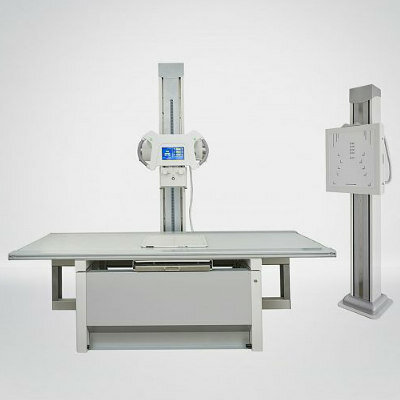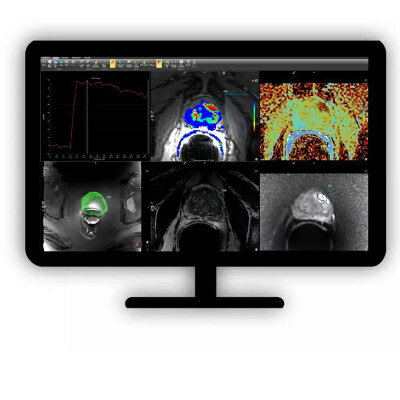Stereotactic Body Radiotherapy Shortens Treatment of Gynecologic Tumors
By MedImaging International staff writers
Posted on 30 Apr 2012
Researchers have developed a more effective way to treat gynecologic cancers, cutting radiation treatment time from five weeks to three days.Posted on 30 Apr 2012
The method’s description was published in the April 2012 issue of the Journal of Visualized Experiments (JoVE). The new technology, stereotactic body radiotherapy (SBRT), has been used on other kinds of cancer; however, University Hospitals Case Medical Center (Cleveland, OH, USA) is the first treatment facility to apply it to gynecologic cancers. Dr. Charles Kunos, who coauthored the article, said the radiation therapy machine “looks like a robot you would make cars with, and targets specific cancer cells.”
Dissimilar to conventional radiation therapy, SBRT uses focused radiation beams and targets well-defined tumors. In order to focus in on the region, the tumors need to be imaged and marked (utilizing fiduciary markers) in advance. During treatment with the Cyberknife system, developed by Accuray (Sunnyvale, CA, USA), patients need to be immobilized, and even the movement from the patient’s breathing needs to be taken into account.
The very specific nature of the procedure not only lessens treatment time, it limits the effect of the radiation on healthy tissues. “SBRT holds great promise for treating persistent or recurrent gynecologic cancers,” said JoVE science editor, Dr. Nandita Singh. “SBRT can deliver radiation with high precision and is particularly effective in delivering reduced radiation to cancer targets that are refractory to chemotherapy and conventional radiation.”
Related Links:
University Hospitals Case Medical Center
Accuray














